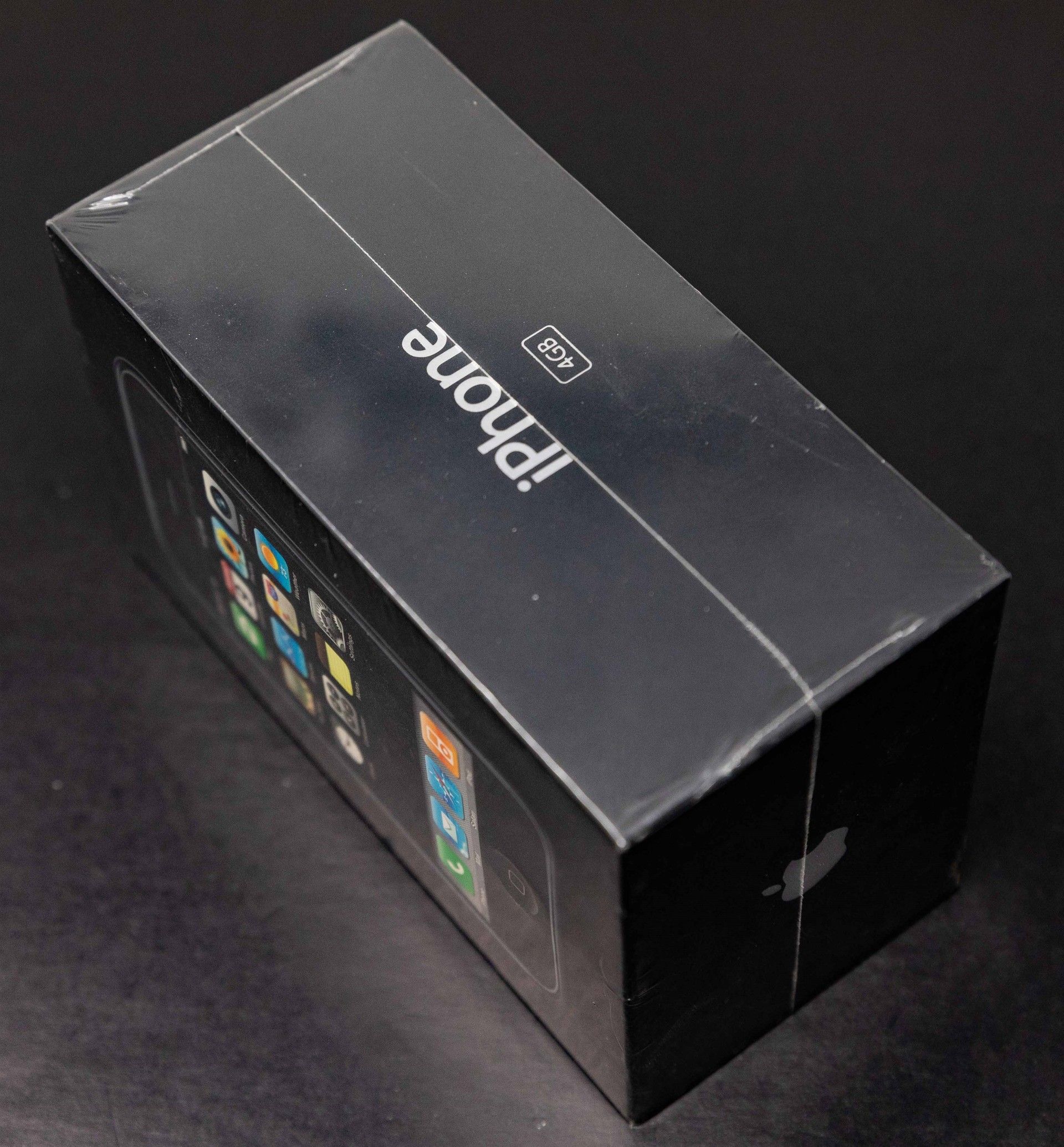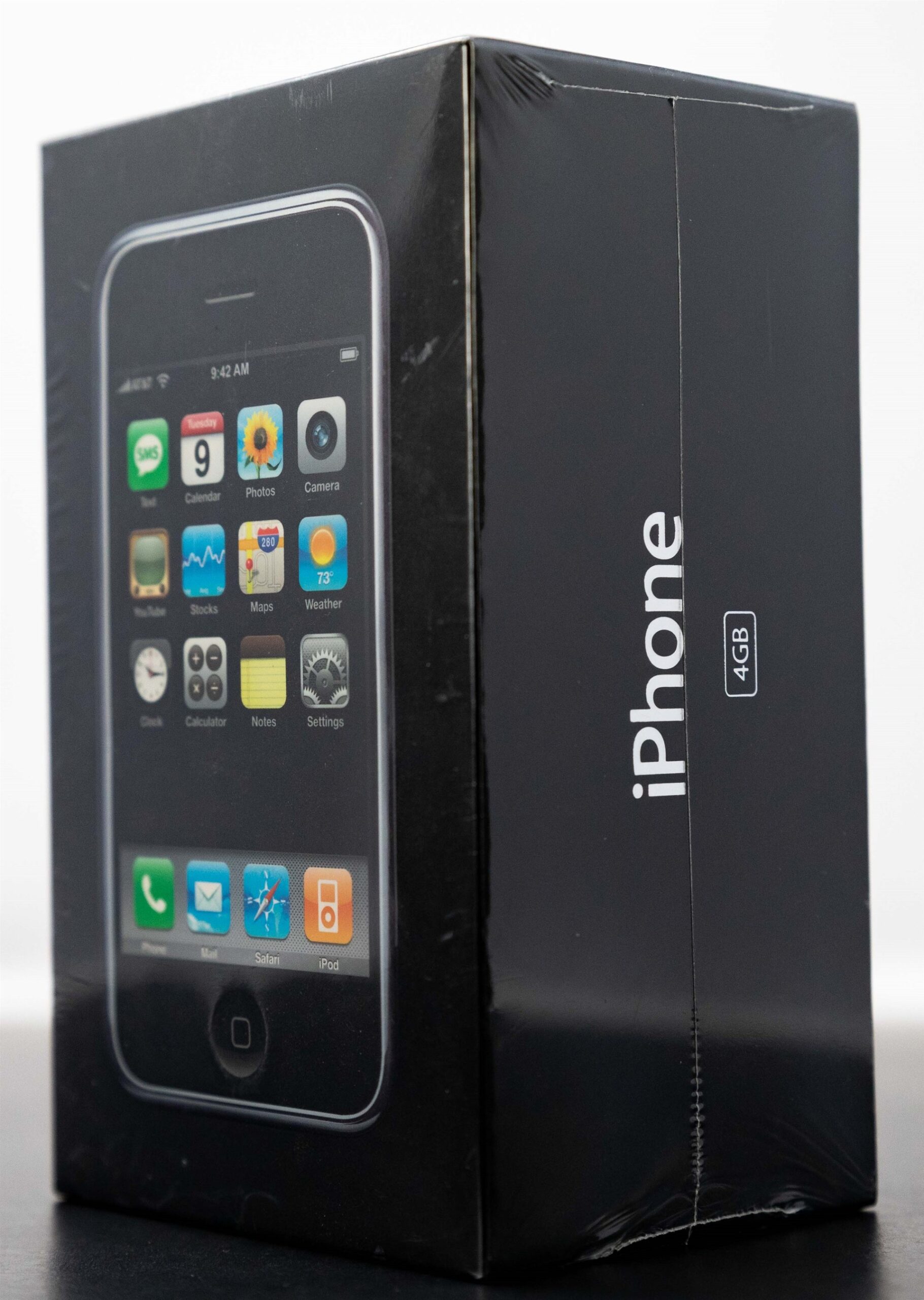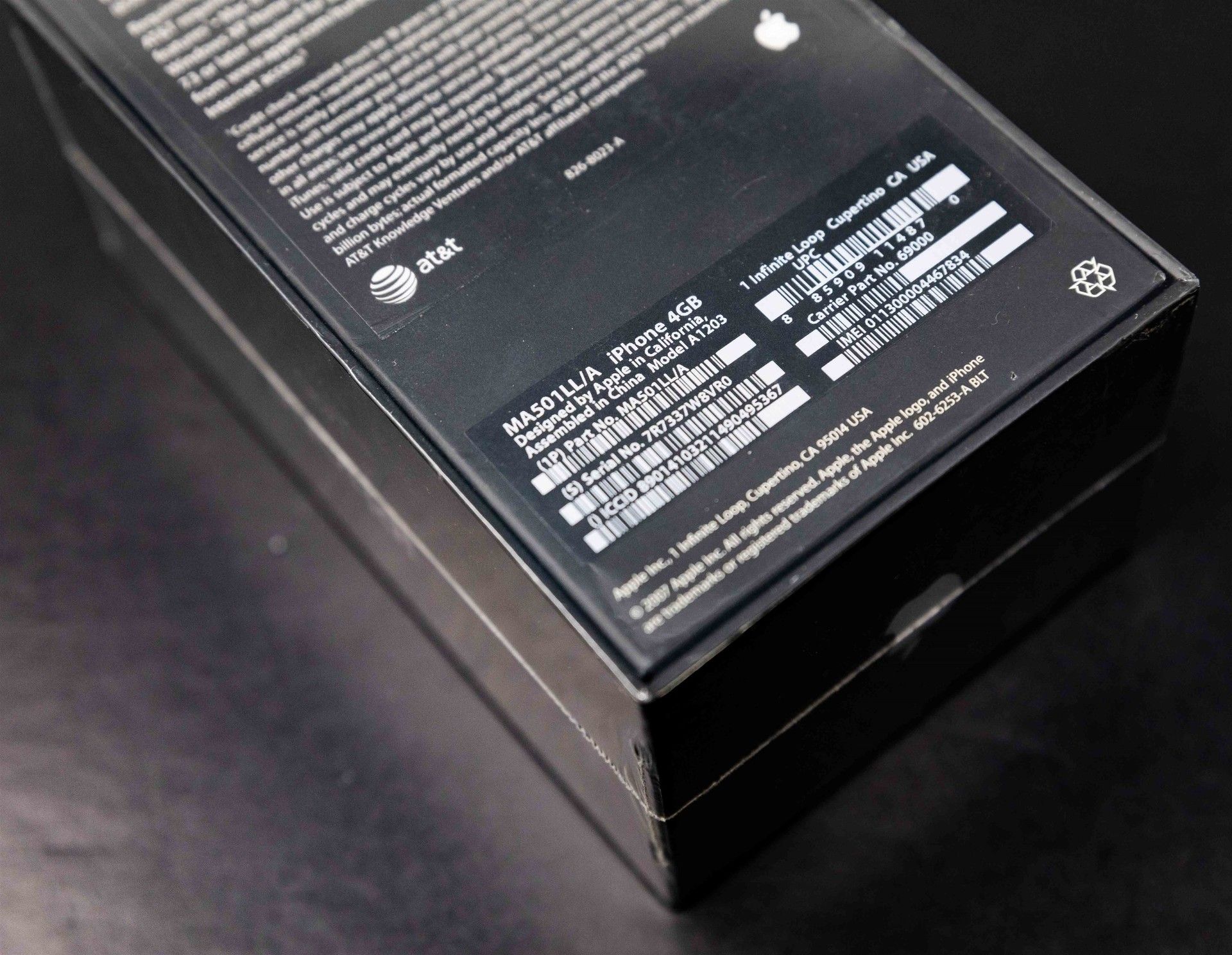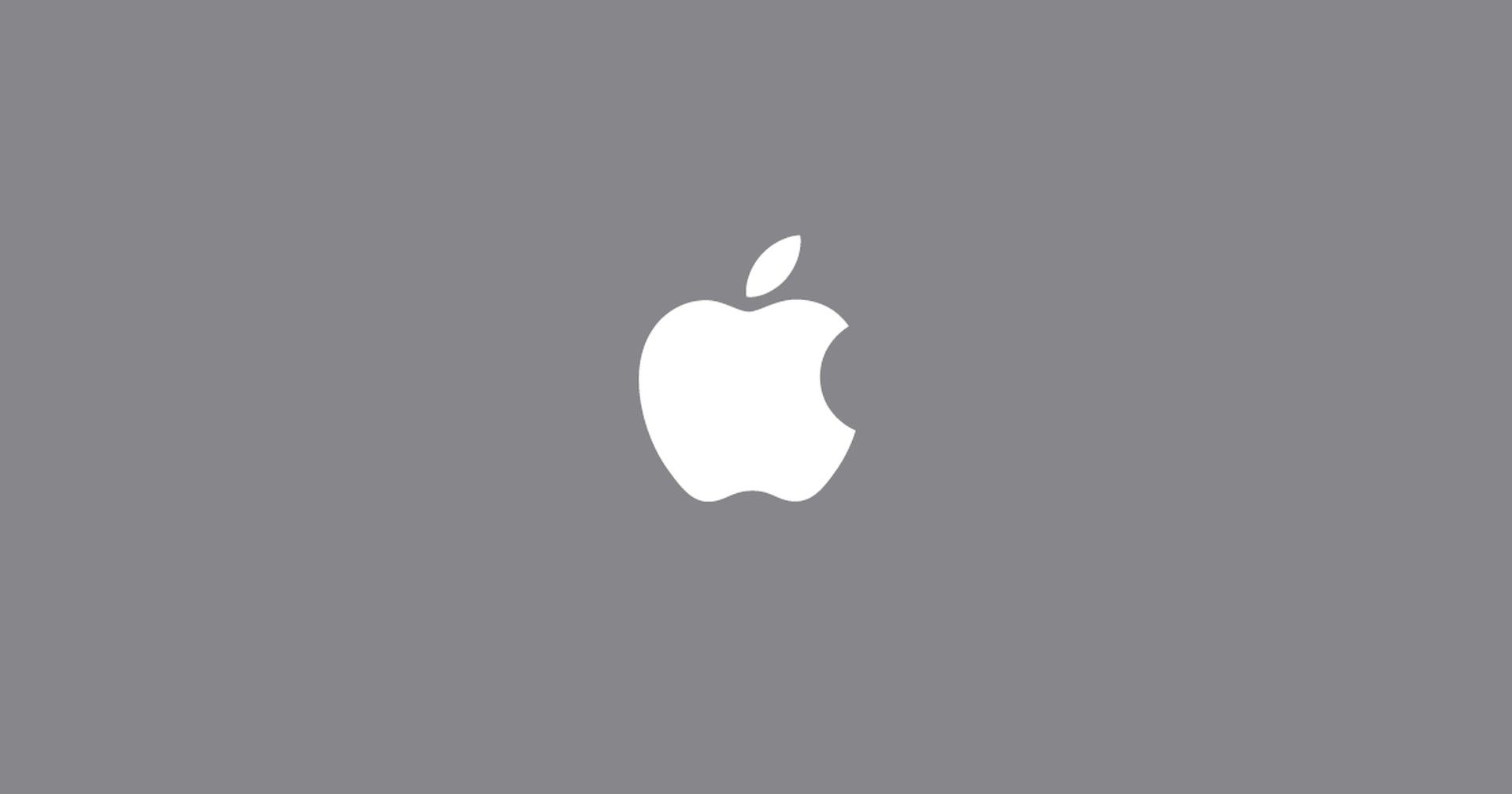iPhone has always held a prominent place. Among the various iterations of this iconic device, one stands out as the most expensive iPhone ever sold.
This extraordinary piece of technology fetched a staggering price of $190,372.80 at auction, making it a highly sought-after item for collectors and tech enthusiasts alike.
The record-breaking sale of the most expensive iPhone
The pinnacle of iPhone pricing was reached when the most expensive iPhone ever sold made its way into the hands of a fortunate buyer.
This exquisite piece of technology, a first-generation iPhone, was sold at auction through the esteemed LCG Auctions. The astonishing price it commanded exceeded 100 times its original retail value, which was a modest $499 at the time of its release.

What makes it the most expensive iPhone ever?
The exceptional value of this iPhone can be attributed to two key factors: its rarity and its impeccable condition.
As one of only 6,000 first-generation iPhones initially sold in the United States, this particular device holds a unique place in iPhone history.
Today, with only an estimated 200 of these phones remaining, its scarcity has elevated its desirability to unprecedented levels.
Moreover, what sets this iPhone apart is its pristine condition. It has never been used and is in mint condition. Every original accessory, including the box, manual, and charger, was included in the sale.
Owning this iPhone is akin to acquiring a time capsule from the birth of the smartphone era.
Significance of the first-generation iPhone
The first-generation iPhone, released in 2007, revolutionized the concept of mobile phones. It was a visionary device that introduced a touch-screen display, forever changing how we interact with our phones.
Furthermore, it pioneered the concept of mobile applications, giving birth to the App Store phenomenon. As a result, the first-generation iPhone holds a significant place in the annals of technology history and continues to captivate collectors and tech enthusiasts worldwide.

Who bought the most expensive iPhone?
Although the identity of the buyer of the most expensive iPhone remains undisclosed, it is reasonable to assume that the purchaser is an avid collector with a deep appreciation for rare and extraordinary technological artifacts.
This individual recognizes the historical significance of the first-generation iPhone and desires to possess a truly one-of-a-kind piece of technology.
The enduring legacy
The first-generation iPhone’s impact reverberates even to this day, underscoring its enduring legacy. This groundbreaking device redefined the smartphone landscape and paved the way for countless innovations in mobile technology.
Its touch-screen display and app ecosystem set new industry standards and forever transformed how we communicate and interact with our devices.
Evolution of the iPhone
The iPhone has undergone a remarkable evolution since its initial release in 2007. Over the years, Apple has continuously pushed the boundaries of technology and introduced new features and improvements with each new generation of the iPhone.
Here is a brief overview of the key milestones in the evolution of the iPhone.
iPhone 3G (2008)
The iPhone 3G introduced faster 3G network connectivity, enabling faster internet browsing and improved app performance. It also brought GPS capabilities, expanding the device’s location-based services.
iPhone 3GS (2009)
The iPhone 3GS offered faster processing power, improved camera quality, and introduced video recording. It also introduced Voice Control, a precursor to the voice assistant Siri.
iPhone 4 (2010)
The iPhone 4 introduced a significant design overhaul, featuring a sleeker, glass-backed design with a Retina display, offering higher resolution and improved image quality.
It also introduced FaceTime, Apple’s video calling feature.
iPhone 4s (2011)
The iPhone 4s marked the debut of Siri, the intelligent voice assistant, allowing users to perform tasks using natural language commands.
It also introduced an improved camera with better low-light performance.

iPhone 5 (2012)
The iPhone 5 featured a larger 4-inch display, a thinner and lighter design, and introduced the Lightning connector, replacing the previous 30-pin dock connector.
It also brought faster performance and support for faster 4G LTE networks.
iPhone 5s and iPhone 5c (2013)
The iPhone 5s introduced Touch ID, a fingerprint sensor integrated into the home button, enhancing device security and enabling convenient unlocking and authentication.
The iPhone 5c featured a colorful, plastic-bodied design, targeting a broader market segment.
iPhone 6 and iPhone 6 Plus (2014)
The iPhone 6 and 6 Plus introduced larger displays, with the iPhone 6 featuring a 4.7-inch display and the 6 Plus a 5.5-inch display.
These models also brought significant improvements in processing power, camera capabilities, and introduced Apple Pay, a mobile payment system.
iPhone SE (2016)
The iPhone SE combined the design of the iPhone 5s with updated internals, providing a more affordable option for users who preferred a smaller form factor.
It featured improved performance and camera capabilities.

iPhone X (2017)
The iPhone X marked a major redesign with an edge-to-edge display, removing the home button and introducing Face ID, Apple’s facial recognition technology for unlocking the device and authenticating payments.
It also introduced wireless charging and an improved dual-camera system.
Subsequent Models
Apple continued to release new iPhone models with incremental improvements and new features, including faster processors, enhanced camera systems, larger displays, improved water resistance, and advancements in augmented reality capabilities with the most recent one being the upcoming iPhone 15.
The most expensive iPhone is where all this history and legacy began. While Apple is changing the world of technology every day, the fact that a phone like this can be sold at this price years later is truly inspiring.
Featured image credit: Photo by Eyestetix Studio on Unsplash.





